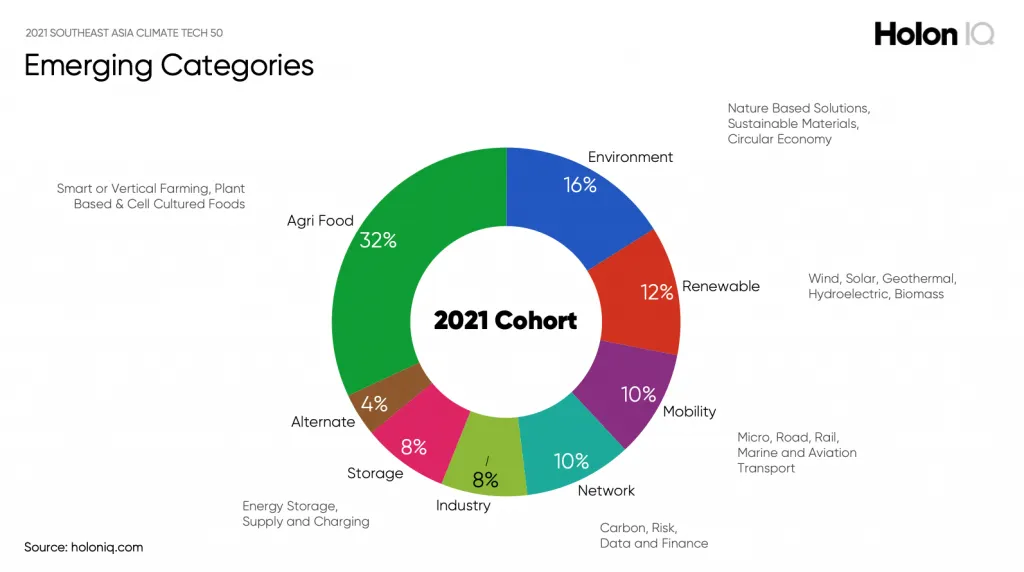The climate tech sector in Southeast Asia is booming. Valued at $102 billion in 2023, it is projected to reach $350 billion by 2030, growing at a CAGR of over 20%. This rapid rise reflects a powerful shift toward sustainable innovation and a clear call to action. In 2024 alone, Southeast Asia Climate Tech Investments attracted $26 billion across clean energy, alternative fuels, and decarbonization technologies. These flows mark a turning point, as capital moves decisively away from fossil fuels and toward climate solutions.

Momentum Behind the Money in Southeast Asia Climate Tech Investments
The region is gaining global attention. In 2024, Southeast Asia and India accounted for 7% of global climate tech investment. Indonesia led the region, capturing 67% of ASEAN’s funding, driven by its booming EV ecosystem and smart agriculture innovations.
Investor interest is accelerating. The share of climate tech deals in Southeast Asia's venture funding grew from 3.2% in 2019 to 9.5% in 2023, with climate tech equity deals increasing at over 15% CAGR. Since 2020, nearly 30 climate-focused funds have launched, raising $830 million in committed capital.
Policy + Capital = Real Change
Governments are stepping up. Through the ASEAN Plan of Action for Energy Cooperation (APAEC), states are prioritizing renewables, carbon pricing, and clean infrastructure. These policies help de-risk investments and unlock new markets.
This surge in capital is transforming startups into climate leaders. In 2022, climate-focused startups in Southeast Asia raised over $1 billion, an 80% increase from 2021. It’s a sign that investor confidence is matching the urgency of the climate crisis.
Read Also: Southeast Asia Energy Transition Heats Up: 2025 Outlook
Southeast Asia Climate Tech Investments: Startups at the Frontline
Real impact is happening now. In Malaysia, Qarbotech has used nanotechnology to boost crop yields by 60% while cutting chemical fertilizer use. This is climate tech in action—solving environmental and food security challenges at once.
In Singapore, Hydroleap developed a chemical-free water treatment system, reducing industrial pollution. With successful Series A funding, it's now expanding across the Asia-Pacific.
These are not isolated stories—they’re the beginning of a broader transformation.
Why This Matters Now
Southeast Asia is on the front lines of climate change. Since the 1960s, temperatures in the region have risen by 0.14°C to 0.20°C per decade. In 2019 alone, 9.6 million people were displaced due to climate-related disasters in Southeast and East Asia—30% of global climate displacements.
This context makes Southeast Asia climate tech investments more than a trend—they are a necessity. The capital flowing into the region today must translate into resilient systems, clean technology, and inclusive solutions that protect communities.
Read Also: Southeast Asia Renewable Energy’s Untapped Power
Southeast Asia Climate Tech Investments: The Opportunity Is Urgent and Unmissable
From EVs to precision farming, and from green energy to digital water systems, Southeast Asia is emerging as a hub for climate innovation. The investments being made now—whether by global VCs or regional governments—are laying the groundwork for a more sustainable future.
For investors, policymakers, and entrepreneurs, the message is clear: Southeast Asia climate tech investments are more than good business—they’re a bet on survival and growth in a changing world.







